Articles > Geography
Have you tried naming all 300+ World Country Borders? If not, here are the first ten answers – the 10 longest borders in the world.
Canada – United States: 8,893 km
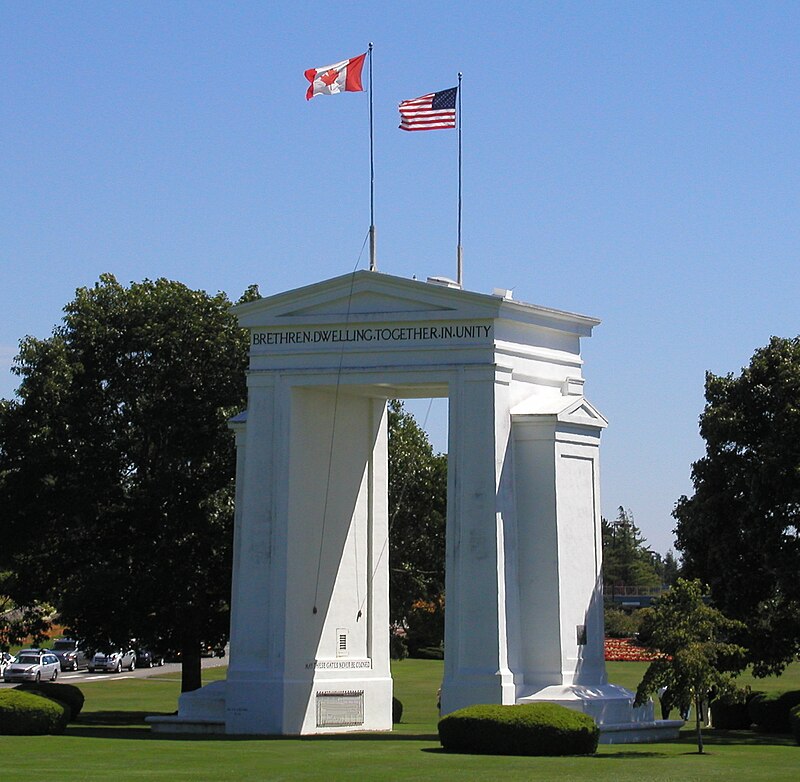
The border between Canada and the United States is the longest in the world, stretching 8,893 km. It spans from the Atlantic Ocean in the east to the Pacific in the west and includes a separate boundary along Alaska. Known as the “International Boundary,” this border is largely undefended and features peaceful crossings, although it is carefully regulated. Many cities along the border, such as Detroit and Windsor, enjoy strong cultural and economic ties. Notable sites along this border include the Peace Arch and Niagara Falls, symbolizing the close relationship between the two nations.
Kazakhstan – Russia: 6,846 km
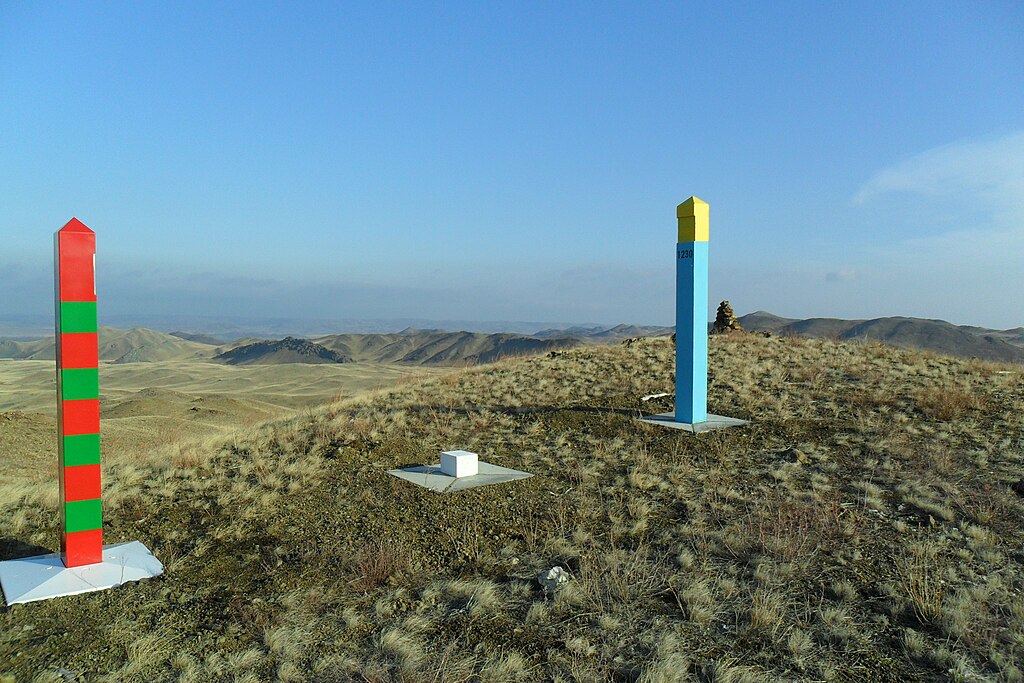
The Kazakhstan-Russia border is the second longest in the world at 6,846 km. It spans through vast steppes and plains, with much of it unfenced and unmarked due to the remote terrain. The border reflects a shared history from the Soviet era, and both countries maintain strong economic ties, particularly in trade and energy. Important border towns such as Orenburg and Petropavl facilitate the movement of goods and people. The boundary is largely peaceful, with several major roads and rail lines enhancing connectivity between the nations.
Argentina – Chile: 6,691 km
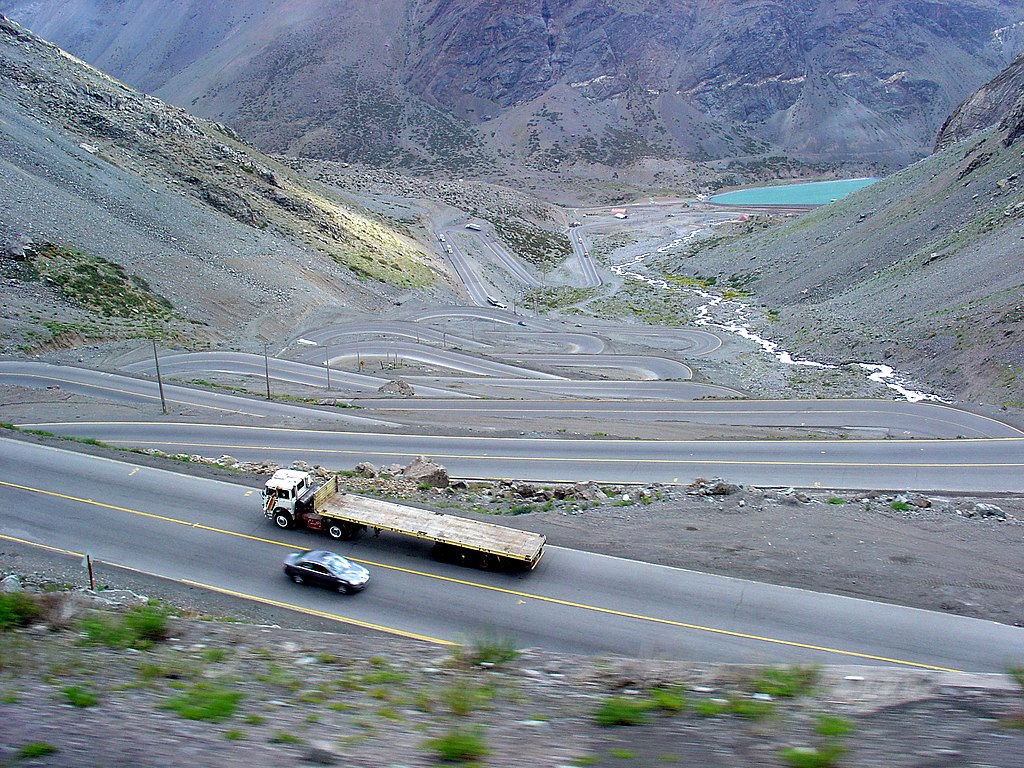
Argentina and Chile share a 6,691 km border along the Andes Mountains, forming the longest border in South America. This mountainous boundary includes some of the highest peaks in the Americas, such as Aconcagua. The terrain makes much of the border difficult to access, with crossings concentrated in major passes. Historical tensions over border disputes have been resolved peacefully, and the two countries now maintain cooperative relations. Major crossings include the Cristo Redentor Tunnel, which facilitates trade between Santiago and Mendoza, symbolizing the strong ties between Argentina and Chile.
China – Mongolia: 4,630 km
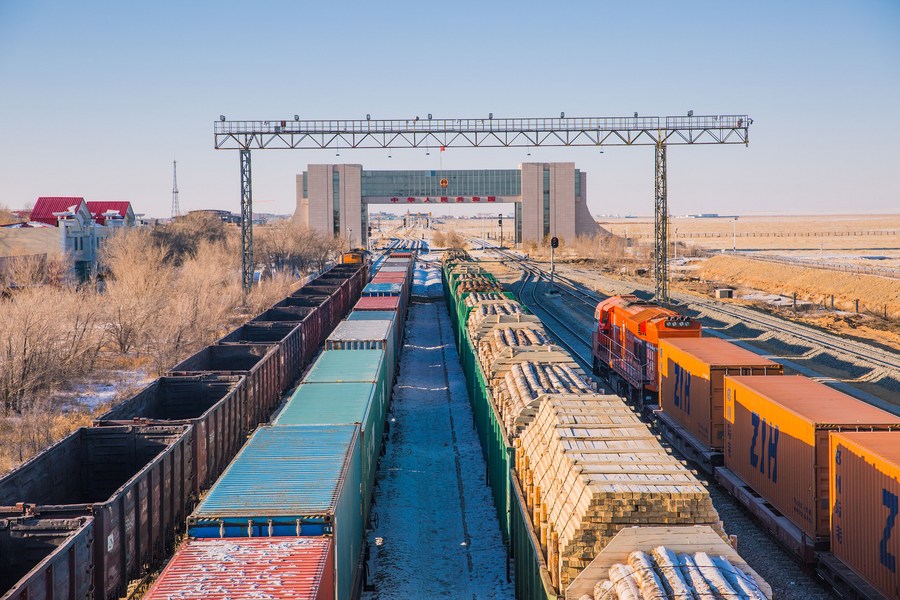
The 4,630 km border between China and Mongolia spans vast deserts and mountainous regions, including the Gobi Desert. This remote and sparsely populated area has a few designated crossings that serve trade, such as the Erenhot border in Inner Mongolia. Both countries share a long history, with Mongolia influenced by Chinese and Russian cultures over centuries. Today, the two nations cooperate economically, with Mongolia relying on Chinese ports and infrastructure to export resources. This border reflects both geographic isolation and mutual dependence.
China – Russia: 4,179 km
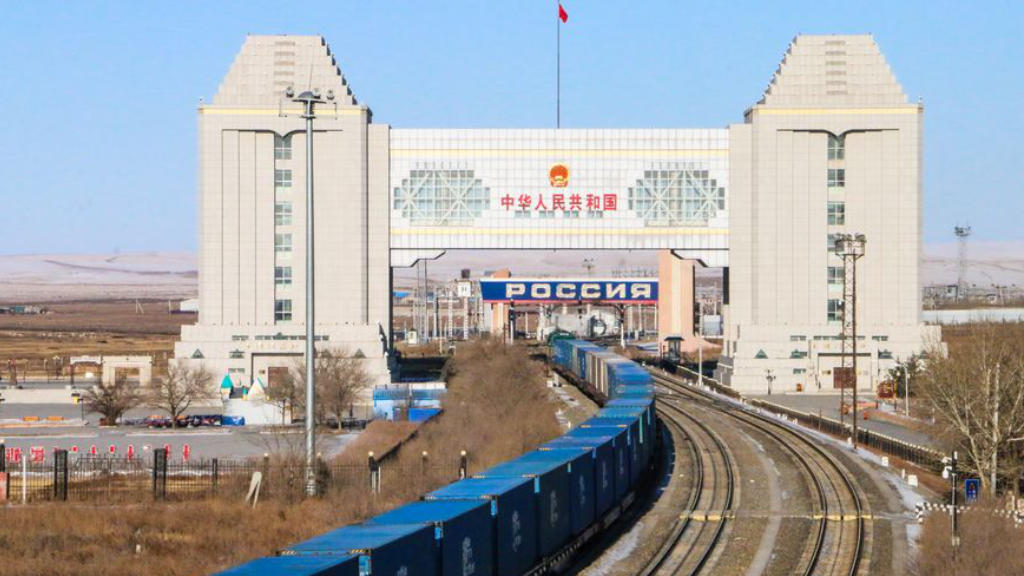
The border between China and Russia stretches 4,179 km, extending from Mongolia in the west to the Sea of Japan in the east. This border is marked by rivers like the Amur and Ussuri, and the terrain varies from mountains to dense forests. Since the 1990s, China and Russia have settled territorial disputes and developed strong economic and military ties. Major border crossings like Manzhouli facilitate extensive trade between the two nations, as they cooperate on regional stability and economic initiatives. The Sino-Russian relationship is marked by a shared interest in Eurasian development and security.
Bangladesh – India: 4,142 km
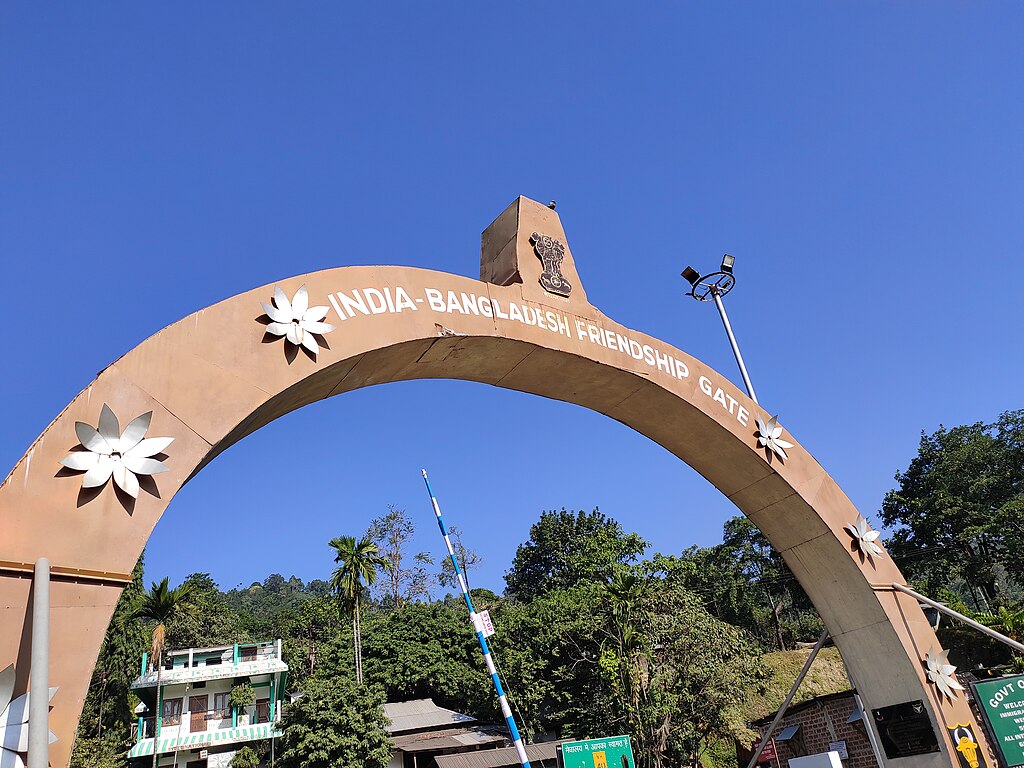
India and Bangladesh share a 4,142 km border, making it the longest border for both nations. This boundary features complex enclaves and several checkpoints that regulate cross-border movement. The two countries have a shared history, as Bangladesh was part of India until 1947, and later, East Pakistan until its independence in 1971. Despite close cultural ties, security concerns, especially around migration, have led to the construction of border fences in some areas. The region also sees significant trade, with extensive cross-border cooperation despite political challenges.
Mongolia – Russia: 3,543 km
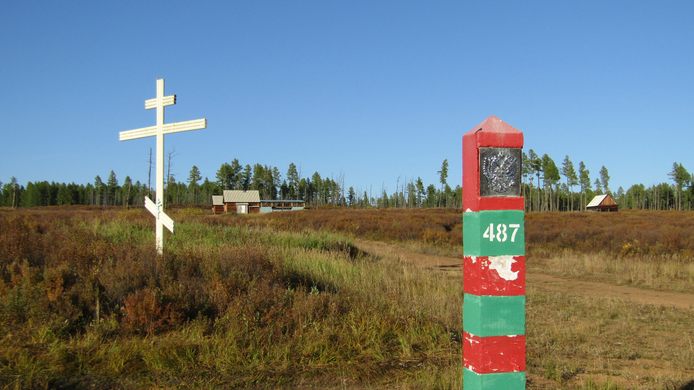
The Mongolia-Russia border spans 3,543 km through remote and rugged terrain. This long border, mostly unpopulated, is marked by mountain ranges and rivers. Both countries share historic cultural ties, with Russian influence deeply impacting Mongolian politics and society during the 20th century. Today, the border is open to regulated trade and travel, with crossings such as the one at Altanbulag supporting commerce. The sparse population and vast geography make this border distinct, reinforcing Mongolia’s landlocked position between Russia and China.
Bolivia – Brazil: 3,403 km

Bolivia and Brazil share a 3,403 km border running through Amazon rainforests, savannas, and rivers. The boundary is marked by natural features like the Mamoré and Madeira Rivers, which serve as key transit points. Brazil is a crucial trade partner for Bolivia, with goods flowing between the two countries. The border is also a point of focus for environmental protection, as the Amazon rainforest faces challenges from deforestation and illegal activities. Cooperation on these issues reflects the ecological significance of this border, which represents a blend of environmental and economic interests.
India – Pakistan: 3,190 km
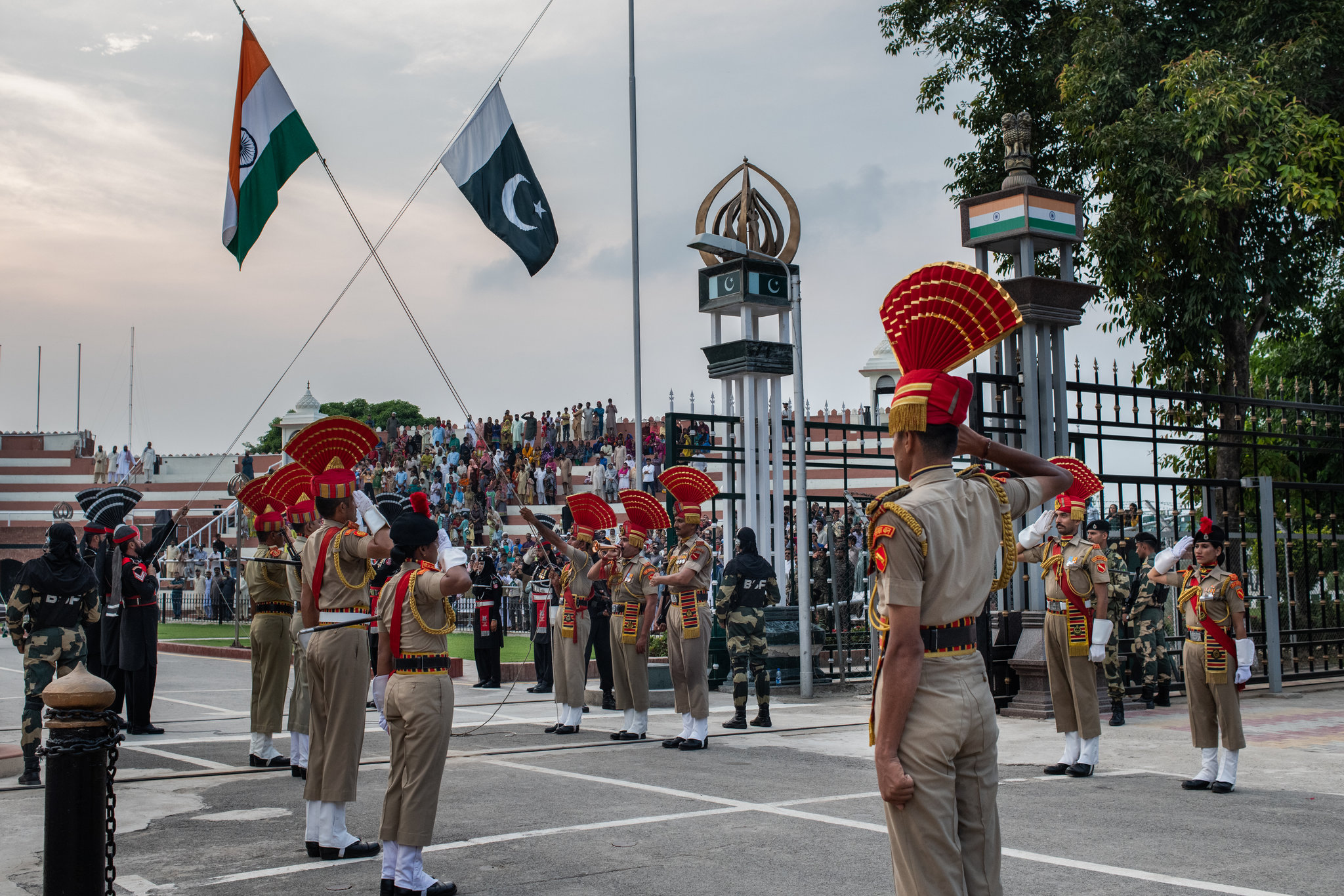
The 3,190 km border between India and Pakistan is one of the world’s most heavily militarized borders. This boundary spans from the Arabian Sea in the south to the Himalayan region of Kashmir in the north. Established after the partition in 1947, the border has seen several conflicts. Today, it features the famous Wagah border ceremony near Lahore and Amritsar, symbolizing both rivalry and cultural heritage. Despite tension, there are areas of cooperation, with trade and limited movement occurring through controlled points. The border reflects complex historical ties and ongoing geopolitical concerns in South Asia.
Mexico – United States: 3,141 km
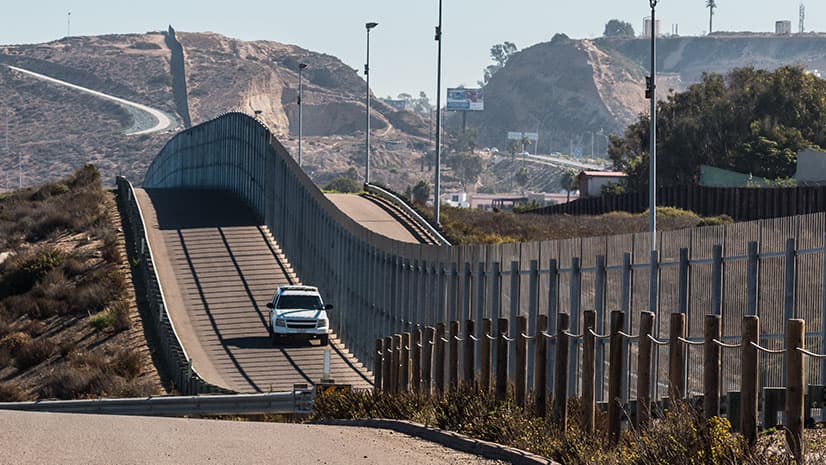
The border between Mexico and the United States, stretching 3,141 km, is one of the busiest and most complex in the world. Running from the Pacific Ocean in California to the Gulf of Mexico in Texas, this boundary features major urban crossings like San Diego-Tijuana and El Paso-Ciudad Juárez. The border sees extensive trade and migration, managed by significant infrastructure and border patrols. Efforts to control unauthorized immigration have led to the construction of barriers along sections. Despite challenges, this border fosters cultural exchange and economic integration between the two nations.




